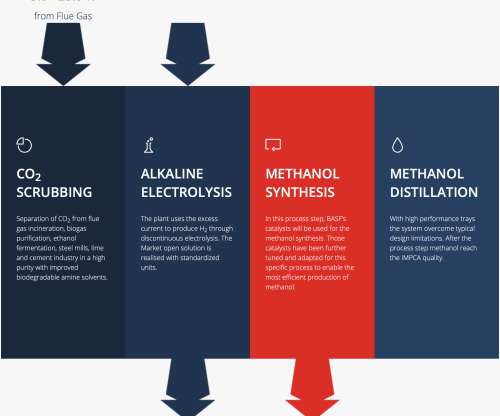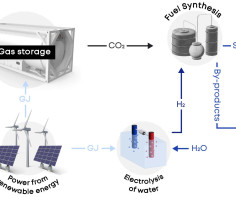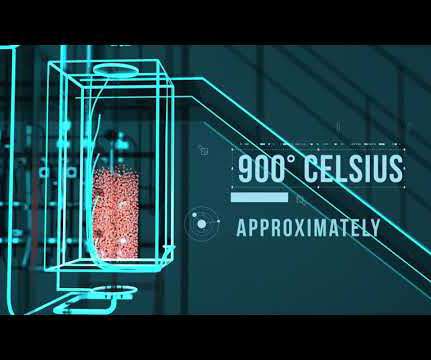Researchers discover novel water-assisted approach to double or triple rate of furfural conversion
Green Car Congress
APRIL 3, 2019
Researchers at the University of Oklahoma, in collaboration with the University of Tulsa, have a novel approach for the water-assisted upgrading of the renewable chemical furfural, doubling or tripling the rate of conversion. Energy and water are interconnected in the production of renewable fuels.









































Let's personalize your content